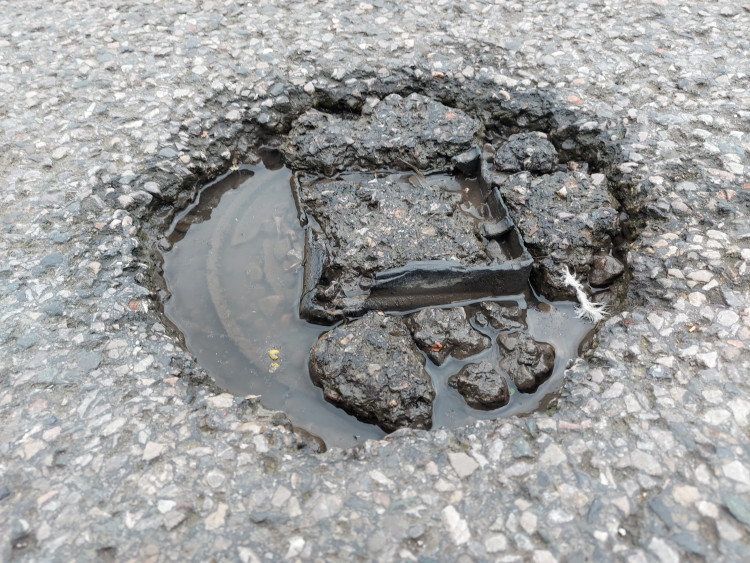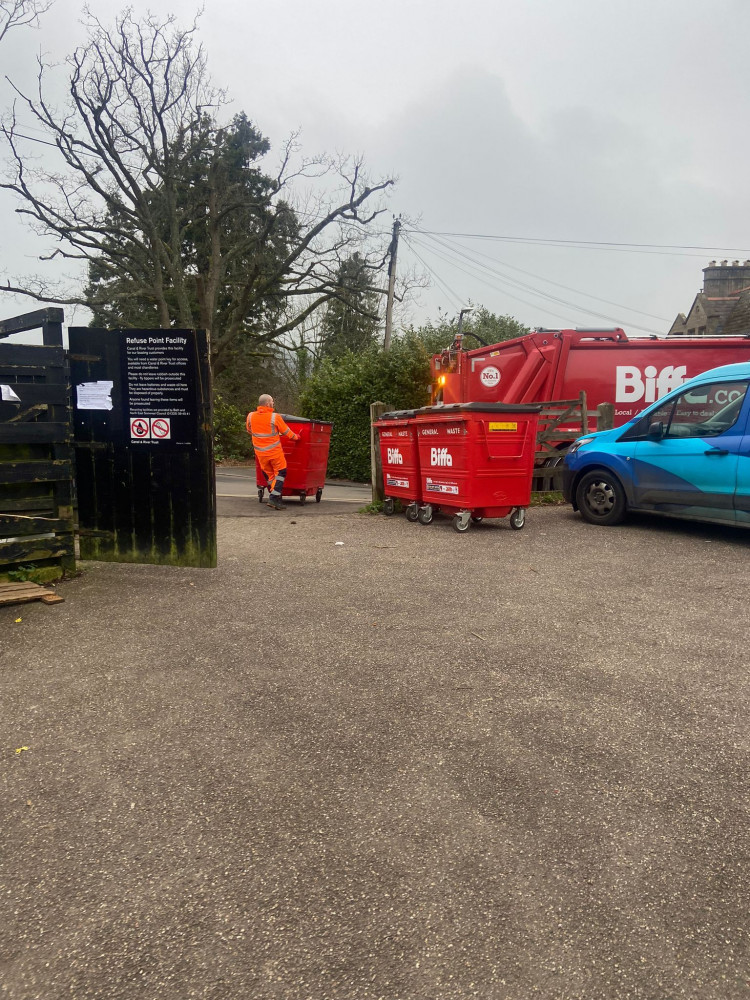Nub News historian Todd Phillips looks on the brighter side with a fascinating insight into lamps in the mines
By Susie Watkins
5th Jan 2021 | Local News
The Importance of a Miners' Safety Lamp ( Part 1)
Firstly, I hope you all had an enjoyable Christmas and a happy new year under our current circumstances. Hopefully, 2021 we will have a brighter year this time round. Speaking of brightness, in this article, we shall be exploring the importance of light in the local coal mines and looking through the developments of mining lamps. So, without further ado, please enjoy this latest discovery!
Over a decade ago I explored the Welsh mines myself in Llechwedd. Now let me tell you this: imagine putting your hand in front of your face and not being able to see it! That's how dark it is. You feel like you are standing inside a void with no sense of direction whatsoever. So, for a miner to work in this total darkness from dawn till dusk terrifies me. So, what did they have to help them see below ground in these times?
In the early days of coal mining, miners used candles to light their way, as they were the cheapest and most available option of light source. These were usually attached to their caps with a candle holder. However, there were several kinds of explosive gasses underground which could build up without good ventilation, these included: firedamp (methane gas-odourless) whitedamp (carbon monoxide - odourless) and stinkdamp (Hydrogen Sulphide-smells like rotten eggs) and naked flames posed a great danger to the miners, as not only are they toxic but flames could ignite these gasses and cause explosions. The other gas which would build up underground was carbon dioxide which is not explosive but is toxic.
Detecting these gasses was essential to prevent loss of life underground either from asphyxiation or explosion and inventors put their minds to how to light the miner's way more safely.
The Flint Mill, also known as the Spedding Wheel, was considered a safer lighting device created in 1760 by Carlisle Spedding; a handle turned a brass wheel, triggering a smaller steel wheel, which came into contact with a flint causing sparks. The Spedding Wheel was usually strapped to a boy who would light the way for a group of miners. While the contraption was considered safer than candlelight, it didn't give much light to work by. The sparks would however change in appearance if firedamp was present giving some warning of danger; the higher the carbon monoxide levels became, the more the sparks would become bright red in colour. Sounds useful, but this came with an unfortunate disadvantage, not only was it expensive to run, but it could also easily set off a gas explosion with the sparks the flint would create. A serious explosion accident happened in the year 1785 near Newcastle, after which it lost favour of mine owners wanting to use them.
In 1815 a scientist by the name of Humphrey Davy announced his discovery. While he had been experimenting with samples of firedamp, he discovered that the flame inside the lamp would not explode through small holes. Due to these experiments, he developed a lamp consisting of a column of fine gauze fitted to the top of an oil vessel. This was named the Davy Lamp; these were then put to use first in 1816 in Hebburn Colliery (near Newcastle). The lamp gave warnings for explosive or poisonous gasses very well: if explosive gas was present then the flame in the lamp burns higher and bluer but would not push through the holes in the gauze and explode. If Blackdamp (CO2) was present, then the flame would lessen or extinguish giving the miners an early warning of danger. However, miners were frustrated that the Davy lamps were only giving off a relatively dim light through the gauze, this then gave them the temptation to forfeit the lamp and revert to the candles. Also the gauze was prone to rusting which prevented the safety aspect of the lamp working effectively.
Another scientist at the same time of Davy, was also intrigued by increasing safety in coal mines. He too, was also conducting experiments with firedamp after witnessing an explosion at Westmoor colliery, and leading a rescue team to evacuate the miners. His name was George Stephenson, and the design of his safety lamp saw an oil flame surrounded with a glass cylinder which gave more light, but often the glass was broken and the lamp would then not work properly. This was first tested on the 30th of November 1815, at Killingworth Colliery. This lamp was named the Georgie/Stephenson lamp. However, most miners ended up using the Davy lamp as a preference with the Stephenson lamp being used predominantly in the North East.
Due to the evolutions of these safety lamps, it allowed mine owners to send workers, into areas that were deemed too dangerous to mine originally. Even though this was only the first step in the first safety lamps it would pursue further creations to be made.
In my next article I will be exploring these developments further, as we've only just scratched the surface! Hopefully, you will all have a good start to the new year and some normality will start soon! When Radstock Museum is able to reopen, you will find examples of the different miner's lamps used throughout history. So as always, please visit and see first-hand for yourself! Until then stay safe and I hope you enjoyed.
Todd Arthur Phillips
References: Five Arches, journal of the Radstock and Midsomer Norton Museum Society. Issue No.62 Summer 2008 (Miners' Safety Lamps) To subscribe to Five Arches (3 issues published per year) please go to www.radstockmuseum.co.uk scroll down the home page until you see the Five Arches click there to subscribe online or find details of subscribing by post.
New midsomernorton Jobs Section Launched!!
Vacancies updated hourly!!
Click here: midsomernorton jobs
Share:





